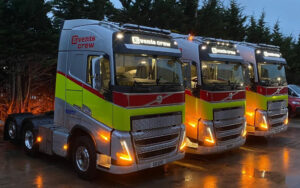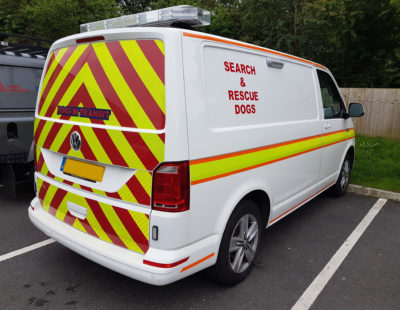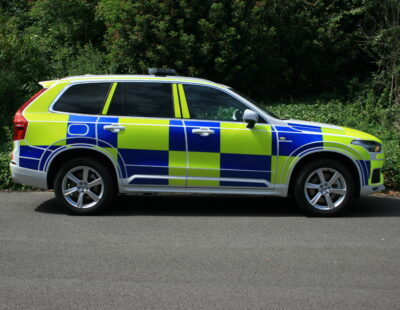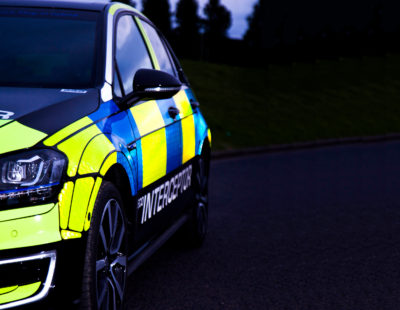In June 2023, ASTM published a new international specification for high visibility vehicle markings. The new standard, known as ASTM D8514, is a material specification which defines the minimum properties for a flexible, retroreflective sheeting for use in high visibility vehicle markings.
For what type of vehicles does the new standard apply?
High visibility reflective vehicle markings are intended to alert motorists to the presence of a vehicle stopped on an active roadway. As such, any vehicle frequently stopping on the side of a road may benefit from incorporating such markings. This includes:
- – Police vehicles
- – Ambulances
- – Fire trucks
- – Emergency roadside assistance vehicles
- – Refuse collection vehicles
- – Utility vehicles
- – Construction vehicles
- – Delivery vans
Why was ASTM D8514 created?
Prior to the creation of ASTM D8514, there was no common standard within the reflective sheeting industry for vehicle markings. In fact, in many instances, reflective film specifications for traffic signs (e.g. EN12899-1, ASTM D4956 etc.) were cross-referenced to specify reflective materials for vehicles. This often meant that lower-performing reflective sheeting was being used on vehicles, which may not provide adequate levels of visibility. ASTM D8514 was created to address these issues.
Who was responsible for drafting the new standard?
New standards within ASTM are drafted by a technical working committee consisting of manufacturers, end-users, and other interested third parties. For D8514, the working group included representatives from multiple reflective sheeting manufacturers, traffic engineers from State Departments of Transportation, and individuals from leading vehicle graphics convertors from across the world. Once a new standard is drafted, it must then pass a multi-step review and balloting process to become an official standard.
How does ASTM D8514 differ from other reflective sheeting standards?
It was developed specifically for the needs of vehicle safety. As such, it incorporates many requirements unique to vehicle applications. Resistance to power washing and adhesive performance to OEM automotive paints are just two examples. Furthermore, the retroreflectivity requirements are based upon the visibility needs of a vehicle, not those of a traffic sign.
How were the minimum retroreflective properties developed for ASTM D8514?
The technical committee responsible for the development of D8514 reviewed best practices within the industry to establish a baseline table of minimum retroreflective performance. From there, these retroreflective minimums were cross-checked against existing human factors studies, including the UK HOSDB 14/01 & UMTRI studies that were used to develop emergency service livery and heavy truck and trailer conspicuity tape standards. Finally, a series of nighttime driving demonstrations were held to visually review materials in a real-world environment. (Note: HOSDB is the Home Office Scientific Development Branch (UK) & UMTRI is the University of Michigan Traffic Research Institute.)
How should the reflective sheeting be installed to create the high visibility markings?
With an infinite number of vehicle types, sizes and applications, it would be impossible to define how reflective sheeting should be installed for every scenario. However, the Appendix of ASTM D8514 does contain some general guidelines and suggestions. Ultimately though, it will be the responsibility of the end-user to determine what is best for their specific vehicle and application.
Where can a copy of ASTM D8514 be obtained?
ASTM D8514 can be purchased through the ASTM website, here.




